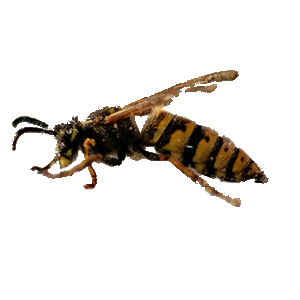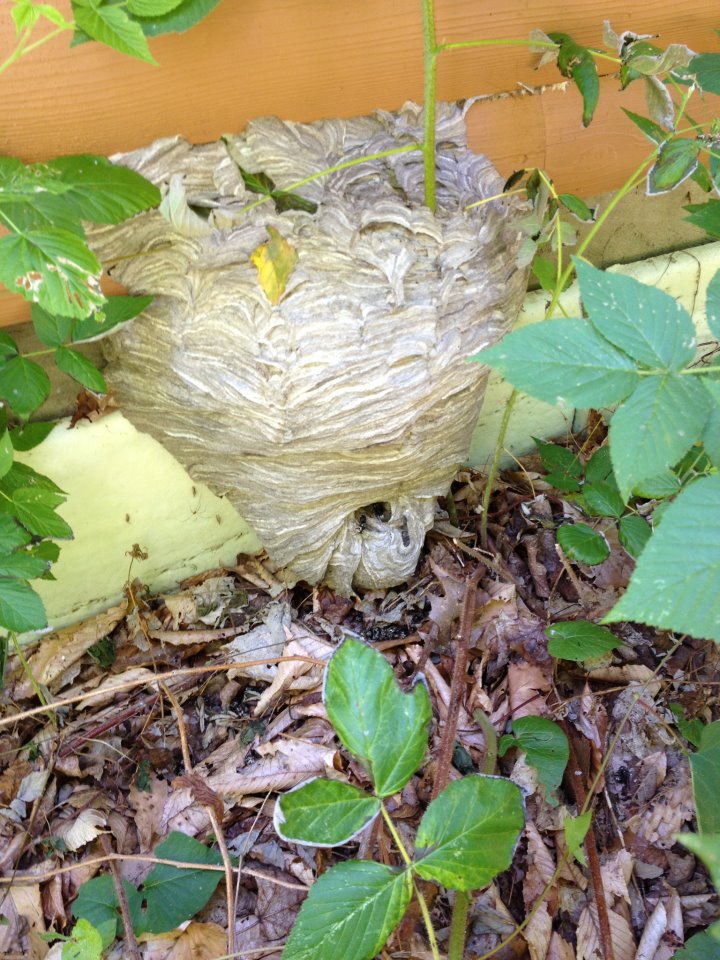It’s a beautiful winter day, and the sunlight is gleaming on the snow. Taking in the view and feeling the warmth of the sun on your face, your attention is drawn to an all-too-familiar sound buzzes by your ear. That’s right— buzzes. There is snow on the ground, but sure enough, there is a fly INSIDE of your house. Eager to get outside, it hurls its large sluggish body against the window. This is not your classic housefly, it’s important to note, but rather a more elusive species. The unwanted houseguest almost went unnoticed. They’re probably around even if you can’t see them!
How do flies survive during winter?
There are too many common fly species to count, and they handle winter in all kinds of ways. Flies associated with filth such as blowflies, fruit flies, and phorid flies tend to live in and around garbage all year. They nestle into the trash in sheltered areas and hunker down to preserve heat during the winter.
Other flies, like face and cluster flies, lay eggs in warm areas during the fall. The flies laying the eggs die off, but their offspring hatch throughout winter. Once they are inside, they continue reproducing— a cycle of laying eggs and hatching. To survive the cooler temperatures and decline in food sources, cluster flies enter the state of diapause to preserve energy and body heat.
What are the flies inside my home?
This winter, the flies most likely to bother you in your home are cluster flies. This species is ubiquitous in Michigan, even during winter. Cluster flies are easy to distinguish as they are big, stocky flies with dark coloration.
Cluster flies are common around attics, basements, and doors/windows. They seek secluded places near a heat source where they can pack together and enter a state of rest called diapause. They occasionally emerge on warm days to regain heat and energy. They will often appear slow-flying and sluggish, “drunk” if you will.
How do these flies enter my home?
Cluster flies find their way inside of homes in the late summer and fall months. They quite literally cluster together in large groups on the sides of walls to soak up the warmth of the sun. As temperatures lower, the flies look for cracks and gaps they can use to stay out of the wind. These cracks may often lead them into your home, either behind the walls or in attics and basements. Common access points include cracks under the windows or door trim, baseboards, and around lights, fans, or other utility appliances.
What do flies want?
Without warmth and shelter, cluster flies can’t survive Michigan’s freezing temperatures. Most common flies can’t hibernate, either, which means they need shelter and food access. If you have a fly infestation, it means your home likely provides both of these. Cluster flies look for warm, secluded areas where they can remain in diapause for long stretches of time. They eat little and do not reproduce or cause any real damage during this time. The only times they may show themselves are on sunny days.
How can I get rid of them?
Admittedly, cluster flies are rather difficult to control in winter. This is because they are already inside the walls. If you seal their access points now, you will trap them in your walls. That could potentially create a mess and attract other, even less desirable pests. Upon the arrival of spring’s consistently warm temperatures, cluster flies will leave your home to warm up outside. This does not always mean through their original access point, though, so don’t be surprised if you see/hear many live flies. Vacuuming up any deceased is the best method of disposing of.
On the bright side, albeit a nuisance, flies aren’t really that big of a deal. At worst, consider them an annoyance. Even if cluster flies are just an annoyance, the bad news is that they’re still… annoying.
 Bees, wasps, yellow jackets and hornets are one of the most common pest control issues we deal with at Hogarth’s Pest Control. Stinging insects are often unwelcome summer guests, nesting on homes, in trees, under decks and even underground. Though all stinging insects have multiple similarities, each have individual qualities that differentiate them.
Bees, wasps, yellow jackets and hornets are one of the most common pest control issues we deal with at Hogarth’s Pest Control. Stinging insects are often unwelcome summer guests, nesting on homes, in trees, under decks and even underground. Though all stinging insects have multiple similarities, each have individual qualities that differentiate them.
 One of the main pest issues in Northern Michigan and the Upper Peninsula is spiders, their webs, and the droppings they leave on homes and businesses. In most cases, spiders only need to be treated from the exterior of the home. This prevents them from building webs and getting inside. We include a web sweeping service with our spider spray treatment. We use poles and extensions to reach webs and nests in the high peaks of your home. Removing the webs along with an exterior spray can make a huge difference for your home. This spray also prevents against other crawling insects and bees, wasps, and hornets.
One of the main pest issues in Northern Michigan and the Upper Peninsula is spiders, their webs, and the droppings they leave on homes and businesses. In most cases, spiders only need to be treated from the exterior of the home. This prevents them from building webs and getting inside. We include a web sweeping service with our spider spray treatment. We use poles and extensions to reach webs and nests in the high peaks of your home. Removing the webs along with an exterior spray can make a huge difference for your home. This spray also prevents against other crawling insects and bees, wasps, and hornets.